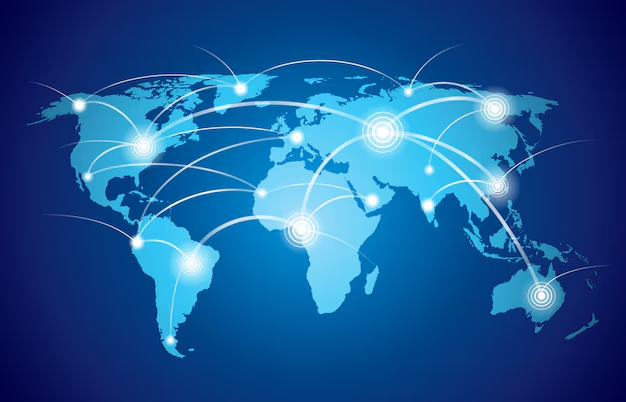
The Rise of B2B E-Commerce in the Garment Industry
Category: Fabrics
The global garment industry has experienced a significant transformation in recent years, largely due to the rise of B2B e-commerce platforms. Traditionally, the garment industry relied on face-to-face meetings, trade shows, and manual orders. However, the advent of digital platforms has streamlined the entire process, making it faster, more cost-effective, and accessible.
Today, businesses in the garment sector can easily connect with manufacturers, suppliers, and wholesalers worldwide through e-commerce platforms. Companies like Alibaba and Global Sources have revolutionized the way businesses order raw materials, finished garments, and accessories, eliminating the need for physical presence.
The benefits are clear: better communication, faster transactions, and reduced overhead costs. For example, B2B platforms allow suppliers to display their products with detailed descriptions and prices, and businesses can place orders online, tracking them from start to finish. Moreover, payment methods and shipping are integrated, ensuring a smoother process.
As e-commerce in the garment industry continues to expand, companies that adapt to these digital platforms will remain competitive in a rapidly changing market.
A global network map showing various garment businesses connected digitally.
" style="height: 100px" onchange="formValidation()" required>
The global garment industry has experienced a significant transformation in recent years, largely due to the rise of B2B e-commerce platforms. Traditionally, the garment industry relied on face-to-face meetings, trade shows, and manual orders. However, the advent of digital platforms has streamlined the entire process, making it faster, more cost-effective, and accessible.
Today, businesses in the garment sector can easily connect with manufacturers, suppliers, and wholesalers worldwide through e-commerce platforms. Companies like Alibaba and Global Sources have revolutionized the way businesses order raw materials, finished garments, and accessories, eliminating the need for physical presence.
The benefits are clear: better communication, faster transactions, and reduced overhead costs. For example, B2B platforms allow suppliers to display their products with detailed descriptions and prices, and businesses can place orders online, tracking them from start to finish. Moreover, payment methods and shipping are integrated, ensuring a smoother process.
As e-commerce in the garment industry continues to expand, companies that adapt to these digital platforms will remain competitive in a rapidly changing market.
A global network map showing various garment businesses connected digitally.


0 Comments
No Comments Found!